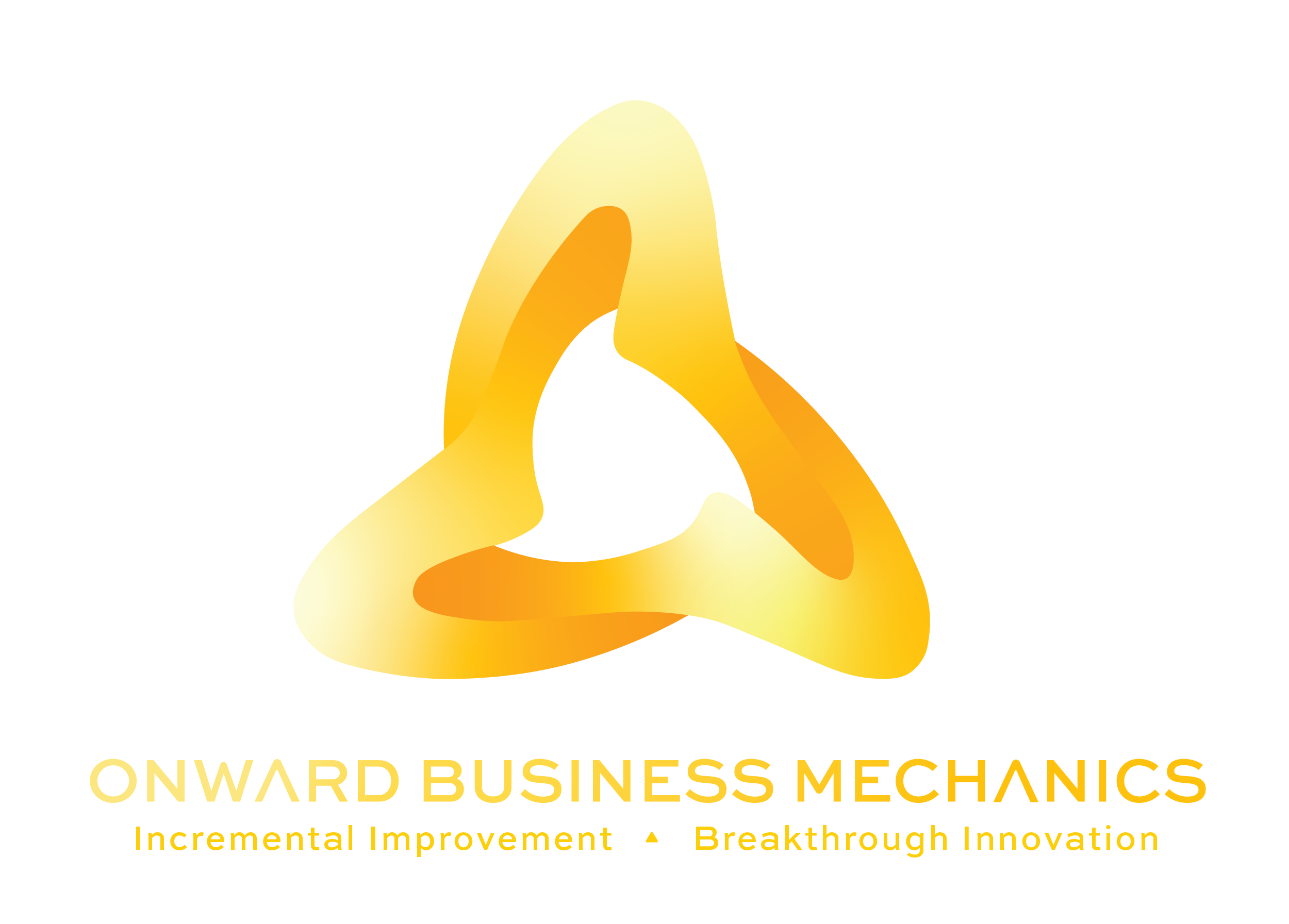I just finished watching the US Presidential debate. When I tuned in I was expecting to feel an exhilarating rush: some great zingers, a flurry of coherent and direct arguments, some heartfelt moments of truth. I expected to learn. I expected to see a Debating Superbowl.
Okay, so I was dreaming. What emerged (as you know if you watched as well) was a bit of a trainwreck: two passive aggressive dudes in ties, smirking at each other and speaking into the middle distance with a series of vaguely connected, numbers-loaded responses, and lots of dancing around the questions the too-timid moderator asked them for 90 minutes.
As one of my favourite twitterers Umair Haque (@umairh) put it: “This debate was like that weird and creepy internet date you know you shouldn’t have gone on but did anyways.” It did not feel right. As another tweet put it: “Too much scattery wonk.” They were able to throw numbers around without justification, quoting the ones that suited their purposes. They danced around.
Poor, scattered performance
If they had been consultants/employees (the candidate) giving their report to their client/boss (the voting public) in a normal boardroom, they would have been fired (or at least disciplined) for delivering such a disjointed narrative.
But you know, you get what you design for. A mild-mannered PBS news guy on the side in a high-stakes debate on complex, multi-faceted issues will yield what we got: a muddle of rhetoric with a couple of (as in one or two) memorable lines and absolutely no heart-winning moments. It’s great for comedians, and for the pundits on Spin Alleys who can pull out whatever conclusions they went in with, and for those love nothing more than to make up clever memes about Big Bird. Tonight’s debate was also great for those who thrive on policy wonking – an avid but small sector of the voting-aged population. It leaves the voting public with little more than a general impression (Mitt seemed confident so…) to make a hugely important decision!
Note: I am Canadian but I care about American politics because we are aversely affected by what happens South of the Border. In my country we have an interactive tool called a Vote Compass, that allows you to enter your positions on specific policy, economic and social issues, then it tells you which political party most closely shares your views. It’s very helpful! It cuts through the confusion of sound bites, personal bias and attack ads, and lets you make a choice that reflects what you think.
Begin with the outcome you want
So back to last night’s debate process: what if there was a different way to do the debate, based on a desired outcome of engaging a bigger portion of the public, and helping them make a well-thought-out choice that is appropriately fact/data-based?
What if the debate had been designed to inform voters, rather than just to provide them with good sarcasm fodder for the twitter feed?
For example, instead of a side-by-side Q&A format:
1) Leave the format the same but add in some additional requirements to improve clarity and accuracy. For example, only allow the candidates to use numbers, figures and facts that have been checked by Politifact ahead of time. Waiting for after the debate, when the winner has already been declared, to check the facts is like waiting until your teeth are rotting to go to the dentist. Prevention is always better in any kind of system; why not apply that logic to block the lie before it happens?
2) Leave the format the same but require them to use visual aids. Print out those pre-checked facts in 48-point font on laminated cards and the candidates have to hold them up when they want to reference them. Charts and graphics would be great too. Both candidates play with the same deck of fact cards. Whoever violates the rule by going off-script (aka making stuff up) has to wear a yellow hat and go sing Oh Susannah in the corner by himself for 2 minutes while the other gets to speak to the audience without him.
(Okay, I was kidding about that last part. But I do think that if hockey players can be subjected to a ‘time-out’ for behaving badly, then politicians should too. After all, realtime feedback with direct consequences is the best way to learn from one’s mistakes!)
3) Require them to work together on a task, like analyzing a case study together then presenting the results as a team. It would be like a two-man group project unfolding before your eyes.
4) Have them run through a brainstorming session together on pre-selected topics, then form the resulting ideas into a vision of what their country could be, then present it to the audience. Essentially, make them work – together.
5) Make them take turns debating with the National University Debate Team Champion on the pre-selected issues, observing the time limits and sticking to the topic at hand per official debating rules. (Bonus idea: Make them argue the other guy’s side.) This would expose their skill in the art of true debating.
6) Give them exactly 25 words to answer each question. Let them write it down before answering, like Final Jeopardy. After all, as Albert Einstein said, If you can’t explain it simply, you don’t understand it well enough.
7) Pose job-interview questions: What makes you right for the job? What are your weaknesses? How would your friends describe you? Describe a time that you were very angry; what did you do? What is your MBTI personality type? What are your salary expectations? (Bonus idea: Ask them while connected to a polygraph).
Engagement vs entertainment value
I know, I know, this line of thinking could easily devolve into total farce (make them build a tower out of newspaper! See who can hold their breath the longest! make them compete for Jim Lehrer to give them a rose! See who can do the most push-ups! hey, what about a swimsuit competition?). For the record I am completely in favour of unleashing creativity just for its own sake. Of all of Edward de Bono’s Six Thinking Hats, the green one (where you get to be as random as you want – the crazier the better) is my absolute favourite.
But I am not talking about heightening the spectacle to pander to our reality-TV-conditioned viewing appetites, or humiliating the candidates just to make it more interesting. On the contrary, a redesign would make for more informative viewing and enhance the dignity of the proceedings. More delicious and nutritious!
Designing for genuine insight
I am talking about designing in elements that would allow the viewers, the consumers of the debate content and therefore the most important people in this whole grand equation that we call democracy, genuine insight on two levels.
First of all on the facts: Which facts check out as accurate? What position does this candidate actually hold? What will they do if I help elect them?
and then secondly, since facts and arguments may be hard to pin down and future actions are nearly impossible to predict, on person they are thinking about sending to the White House:
Will this person play well with others? Is he (or she) good at leveraging areas of agreement, and able to get things done? Is he (or she) humble about mistakes and own their opportunities to improve? Does he (or she) have discipline, generosity of spirit, quick thinking skills?
Or (this one strikes me as a rather important albeit worst-case-scenario consideration):
Will this person start a Third World War?
Is this person lying? (Can’t you just picture a big red light coming on above their head when they make a statement that doesn’t check out, or if their polygraph spiked? Wouldn’t that be helpful to know?)
… or anything else they might want to know.
No doubt people would still snark and make fun if that was what they most felt like doing, and what I have mentioned above is just a first-cut, off-the-top-of-my-head set of ideas. It would be bettered by those who understand the clarity that voters need the most. Changing the process would present its own challenges, as change always does.
But wouldn’t it be great to supply voters with some genuine substance, tailored to make their decision-making process at the polls easier? If our goal is to find someone about whom we feel some trust and pride, with whom we share positions on issues, and to whom we feel some connection and confidence, then the political process should be explicitly designed to expose and/or create those things.
Clear out the noise, focus on the substance
Democracy is one of the great institutions that we North Americans claim defines our society, and our collective identity. The live debate is one of the few truly pure interactions that we as voters get with our candidates. It’s too precious an opportunity to be wasted. Clear out the noise, focus on the substance. Enough with the rhetoric and the weird ‘I love Big Bird’ statements. Don’t let them off the hook so easily. Design the process so it produces something that really matters, really informs, and really inspires.


